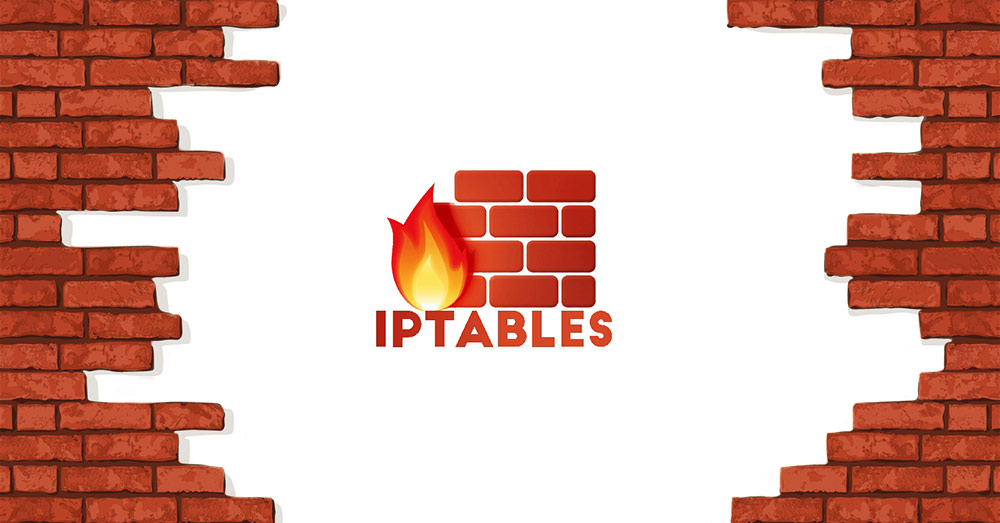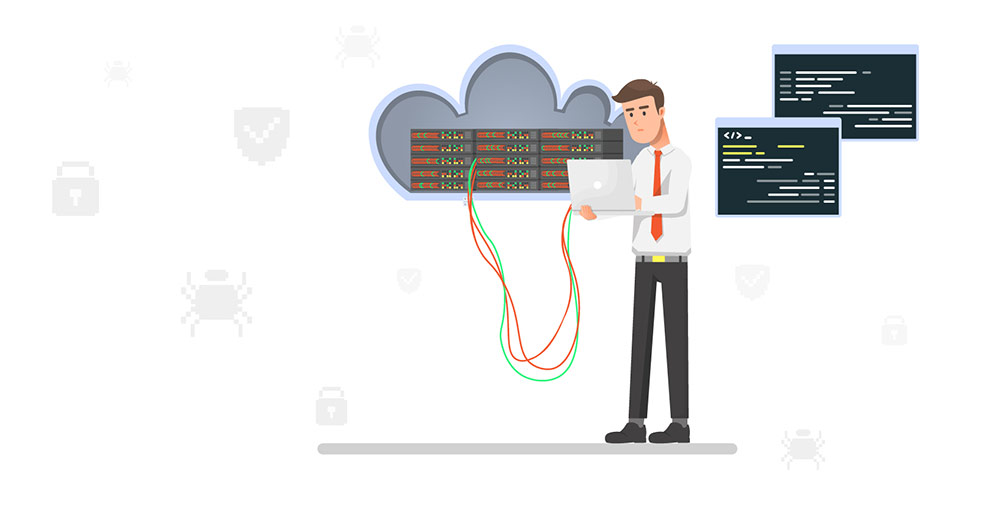This tutorial will guide you on setting up a Kubernetes cluster from scratch using Ansible and Kubeadm and further deploying a containerized Nginx application with it. Introduction Kubernetes (also known as k8s or “kube”) is an open-source container orchestration platform that automates many of the manual processes involved in deploying, managing, and scaling containerized applications. Kubernetes has a rapidly growing …
Nginx Server and Location Block Selection Algorithms: Overview
Introduction Nginx is among the world’s most popular web server options. It is able to successfully deal with a multitude of simultaneous client connections. At the same time, it is functioning as a mail, web, or reverse proxy server. This guide aims to outline the behind-the-scenes methods that direct how Nginx processes client requests. We will demystify the server and …
Configuring an Iptables Firewall: Basic Rules and Commands
Introduction Iptables is a command-line firewall utility. This means that it is software that allows you to configure a firewall on your system. It is typically available by default on Linux systems. In this guide, we will discuss some of the common rules and commands that go with the iptables firewall. Whenever a connection tries to establish itself with your …
How to Configure a Linux Service to Auto-Start After a Reboot or System Crash: Part 2 (Theoretical Explanations)
In this second installment of the two-part tutorial on configuring Linux services to start automatically after a reboot or system crash, we will discuss the init system in detail. You can refer to Part 1 of the series: How to Configure a Linux Service to Auto-Start After a Reboot or System Crash: Practical Examples here. The current tutorial will be …
How to Configure a Linux Service to Auto-Start After a Reboot or System Crash: Part 1 (Practical Examples)
Introduction In computing, things don’t always go as planned. Oftentimes unexpected system crashes prompt system admins to initiate reboots and restart of individual services. Figuring out and restarting every service your application needs to run after a system crash or reboot can be tedious. In this first installment of the two-part tutorial, we will show you how to configure services …
SQLite vs MySQL vs. PostgreSQL: Relational Database Management Systems Compared
Introduction Database management tools are mostly used by the relational data model. This model organizes data into tables consisting of columns and rows. While this model remains dominant in terms of storing and managing worldwide data, there are other data models such as NoSQL and NewSQL out there. In this tutorial we will delve into three of the most widely …
Configuring the Apache Web Server on an Ubuntu or Debian VPS
Introduction Apache is currently the most widely used web server in the world. It is an open-source software developed over twenty years ago and maintained by the Apache Software Foundation. As of September 2020, it is estimated to be serving 35% of all website traffic in the world. Developers prefer Apache for its speed, security, reliability, robustness, and ease of …
Setting up Your Application: How to Choose the Best Server Setup?
Introduction Technology and the internet have become central presences in our regular, academic, and professional lives. That is why the sheer number of websites and applications that exist concurrently does not come as a surprise. If you are a business, you would want to have an associated web platform. An application enables you to market and deliver your services to …
Configuring the Linux Sudoers File
Introduction Do you ever wonder why you must type “sudo” while trying to execute certain commands in a Linux or Unix Operating System environment? Sudo is actually an abbreviation, standing for “super-user do”. When you use the sudo command, you can run programs and execute commands with the security privileges of another user. By default, the sudo command allows system …
How to Build Robust Security Measures to Protect Your Servers
Introduction When working on cloud infrastructure, your primary concern is making sure your applications are fully operational. One important inclusion of your setup and deployment process is to build effective, thorough, and robust security measures into your apps or systems before they are offered to the public. Instead of retroactively implementing security measures post-deployment, it is important to ensure that …
OpenSSL Essentials: Working with Private Keys, Certificate Signing Requests, and SSL Certificates
OpenSSL is an open-source cryptography library that includes a variety of commands used in the TLS Protocol and Public Key Infrastructure. OpenSSL was released in 1998 and is available for Windows, Linux, macOS, and BSD systems. The OpenSSL command will help you perform various tasks including Certificate Signing Request (CSR), private keys generation, and SSL certification. OpenSSL is important because …












